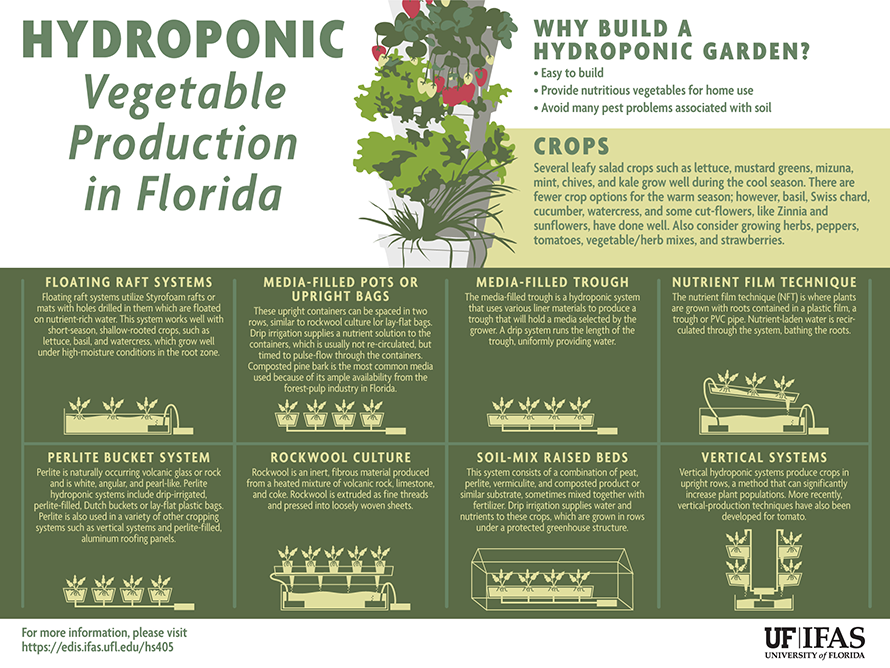The Ecological Advantages Of Stump Grinding: A Sustainable Practice For Land Management
The Ecological Advantages Of Stump Grinding: A Sustainable Practice For Land Management
Blog Article
Write-Up Produced By-
When it pertains to land management, have you taken into consideration the durable benefits of stump grinding? By dealing with the residues left behind after tree removal, this method not just help in soil wellness improvement however additionally plays an essential role in stopping disintegration and sustaining biodiversity. The environmental advantages of stump grinding extend far beyond simple aesthetic appeals, offering a sustainable remedy that balances with nature's intricate systems.
Soil Health And Wellness Renovation
Looking to boost the quality of your soil? Stump grinding can be a game-changer for boosting soil health on your residential property. By removing old tree stumps, you're developing room for brand-new development and permitting vital nutrients to return to the dirt.
As Visit Webpage break down over time, they release organic matter, enhancing the soil and promoting far better plant development.
Furthermore, stump grinding helps to freshen the soil, allowing for better water seepage and origin development. Compressed dirt can impede plant development and water absorption, but by grinding stumps, you're loosening the dirt and developing a healthier setting for your plants.
Furthermore, stump grinding can likewise aid to avoid pest invasions and conditions that old stumps may draw in. By eliminating these possible dangers, you're producing a safer and extra efficient landscape.
Disintegration Prevention
To prevent dirt erosion efficiently, stump grinding plays a vital role in keeping the stability and honesty of your land. By removing https://pittsburgh.cbslocal.com/2019/11/27/downed-tree-breaks-legs/ from your building, you're also minimizing the threat of erosion caused by water runoff. Stump grinding eliminates obstacles that can interfere with the natural flow of water throughout your land, preventing soil erosion in the process.
When stumps are left unblemished, they can work as barriers to water flow, creating soil to remove during heavy rainfalls. This erosion not only harms your land yet likewise adds to sedimentation in close-by water bodies, hurting water environments.
Stump grinding assists to prevent these issues by leveling the ground and advertising appropriate drainage, lowering the chance of erosion.
Biodiversity Support
Keeping healthy biodiversity on your land is crucial for producing a flourishing ecosystem. By utilizing stump grinding as a sustainable land management technique, you can considerably sustain biodiversity.
Stump grinding assists promote biodiversity by creating brand-new environments for various plant and pet species. The elimination of stumps permits the regrowth of indigenous plant life, which consequently brings in a diverse variety of wildlife. Insects, birds, and tiny creatures thrive in these newly easily accessible areas, adding to the total biodiversity of your land.
Additionally, stump grinding aids prevent the spread of diseases and parasites that can hurt plant varieties, therefore securing the ecological balance on your home. By removing old stumps, you develop room for brand-new plant development, which boosts the overall wellness of the environment.
This healthier setting sustains a wider range of types, promoting biodiversity and developing a more durable ecosystem in the long term. Embracing stump grinding as part of your land management technique can have long-term positive impacts on the biodiversity of your land.
Conclusion
By using stump grinding as a sustainable strategy to land management, you can enhance dirt health, protect against disintegration, and assistance biodiversity. This eco-friendly approach not just benefits the ecosystem however likewise advertises the development of greenery and develops environments for numerous plant and pet varieties. Make a favorable impact on the setting by integrating stump grinding right into your land management methods.
